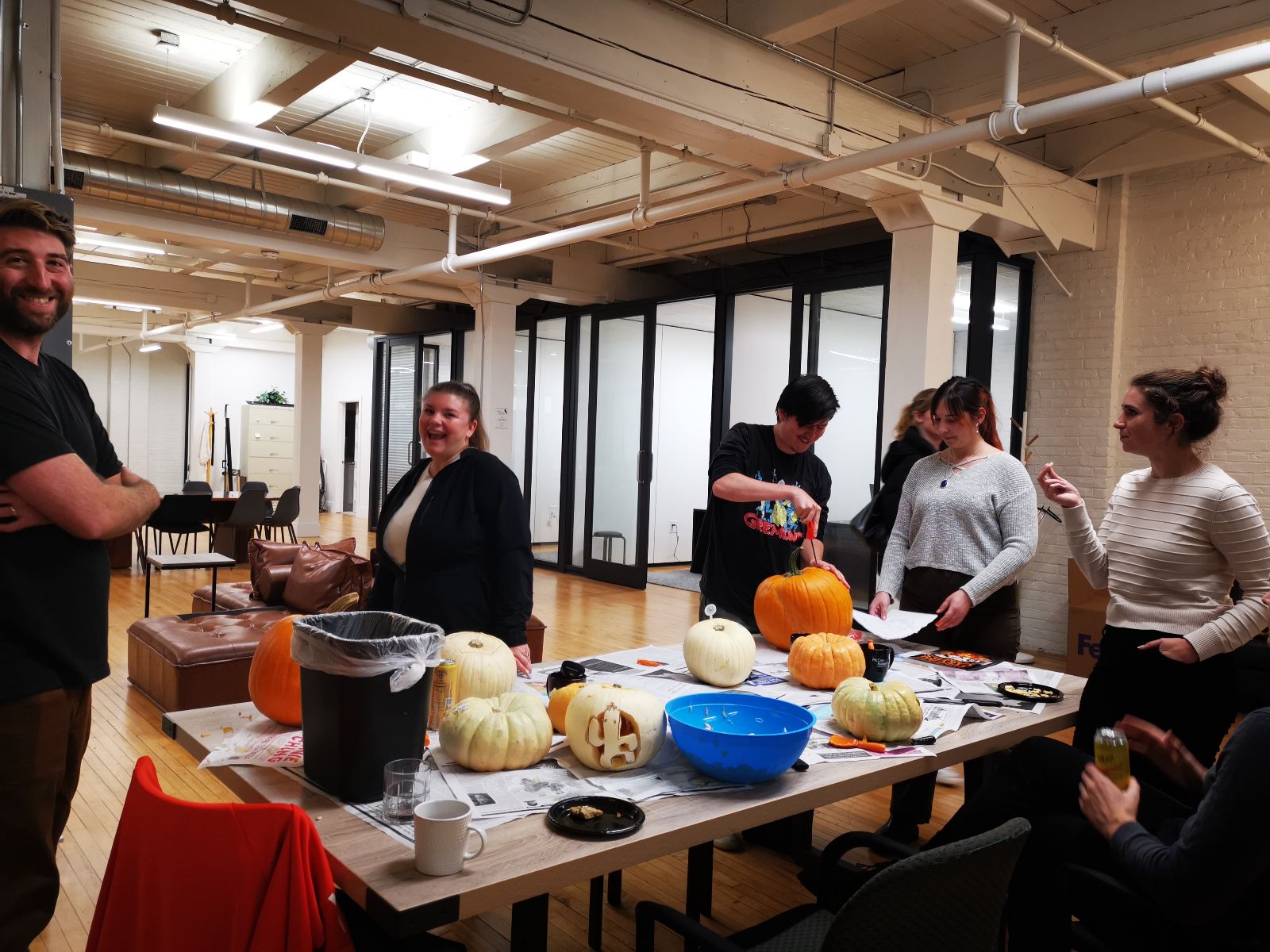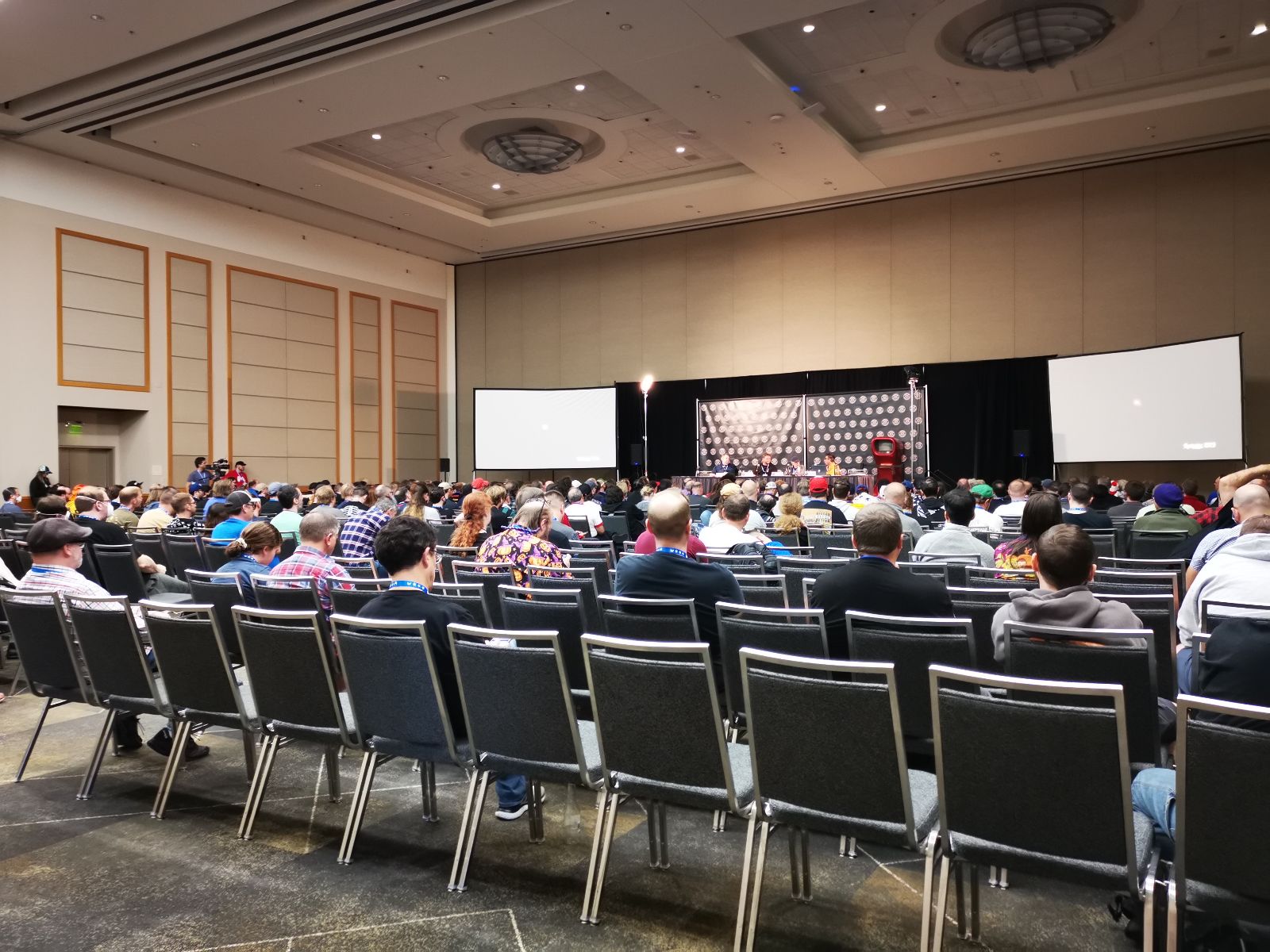
In the realm of intellectual property (IP), businesses rely on many forms of protection to safeguard their innovations. Trade secrets and patents both serve critical roles in protecting valuable assets, but they differ in terms of application, longevity, and enforcement.
Trade secrets protect confidential business information that gives a company a competitive advantage, such as proprietary formulas, techniques, or processes. One major benefit is their indefinite protection, as long as the information remains secret. Unlike patents, trade secrets don’t require a formal application, making them a cost-effective and immediate option. However, if the information is disclosed, either intentionally or through misappropriation, the protection is lost. Additionally, proving theft of trade secrets may be challenging in legal disputes.
Patents provide exclusive rights to an invention, typically for 20 years from the filing date. These rights are granted for inventions that meet specific criteria: they must be novel, non-obvious, and useful. While patents offer strong protection and the potential for monetization through licensing, the process is lengthy and expensive. Once a patent expires, the invention becomes part of the public domain.
Navigating the decision between trade secrets and patents requires careful consideration of the business’s unique needs. McCoy Russell has the experience and expertise to help businesses evaluate these options and develop a tailored IP protection strategy and protect their intellectual property portfolios. Through educational trainings and expert guidance, businesses can maximize the value of their innovations and maintain a competitive edge.







Recent Comments